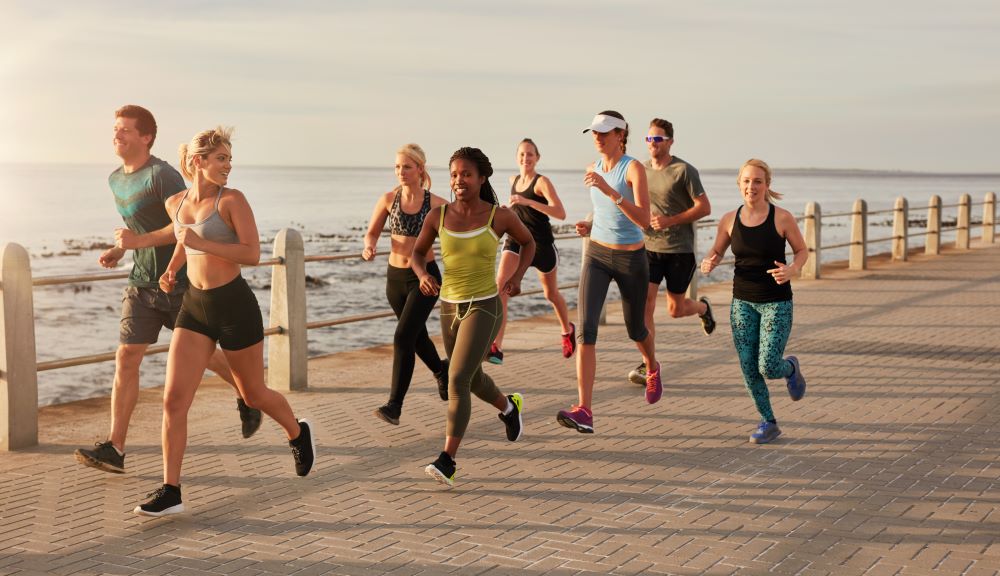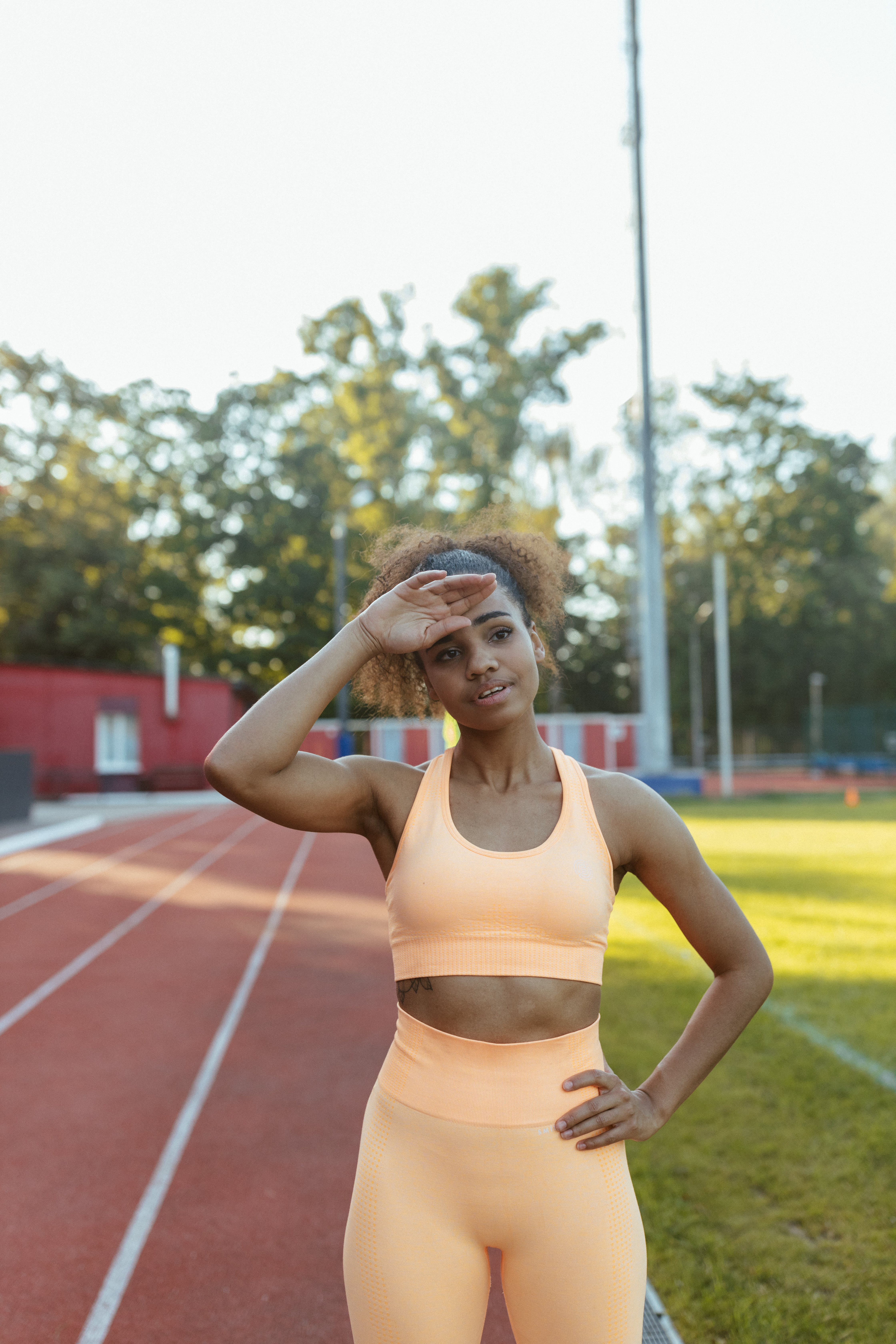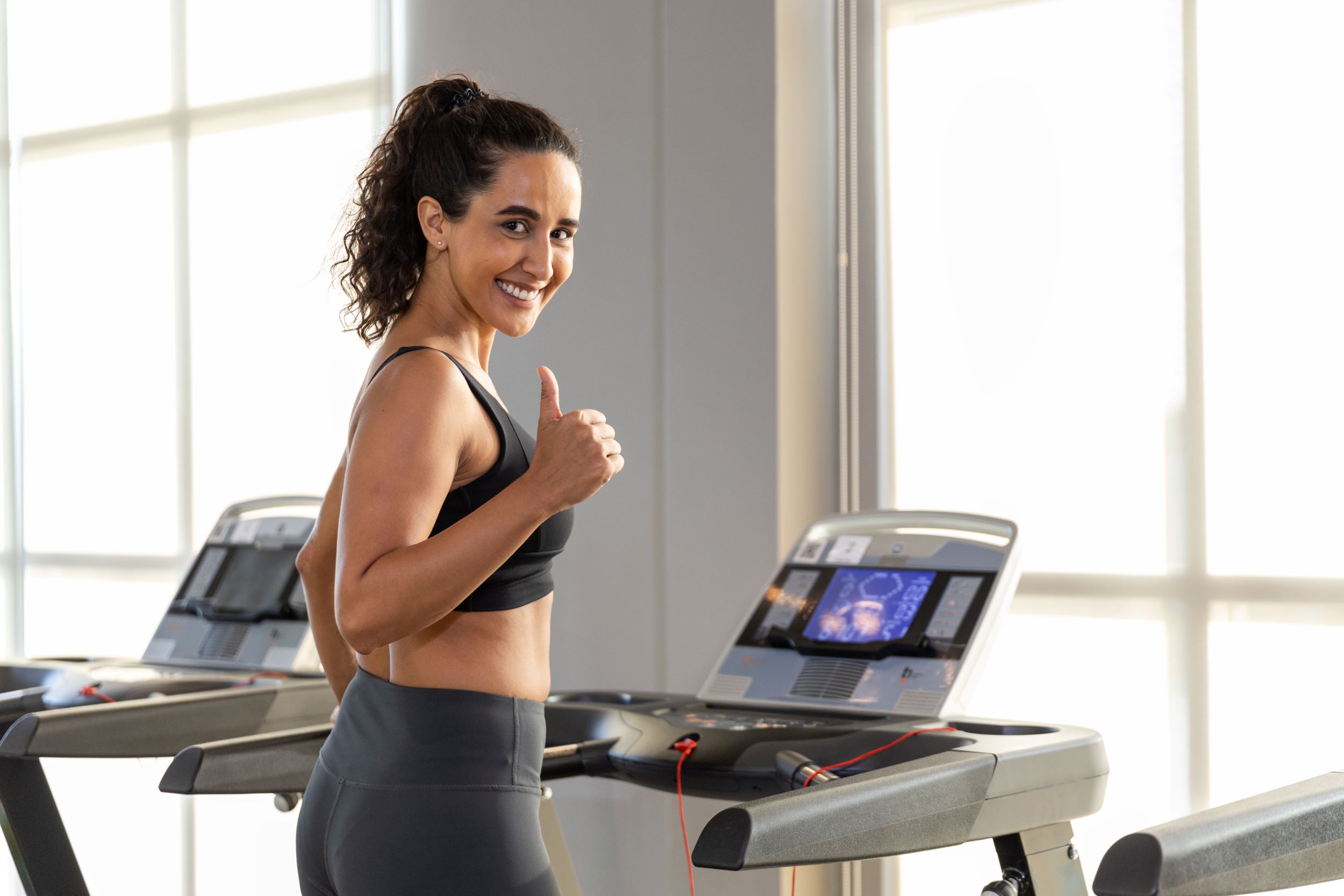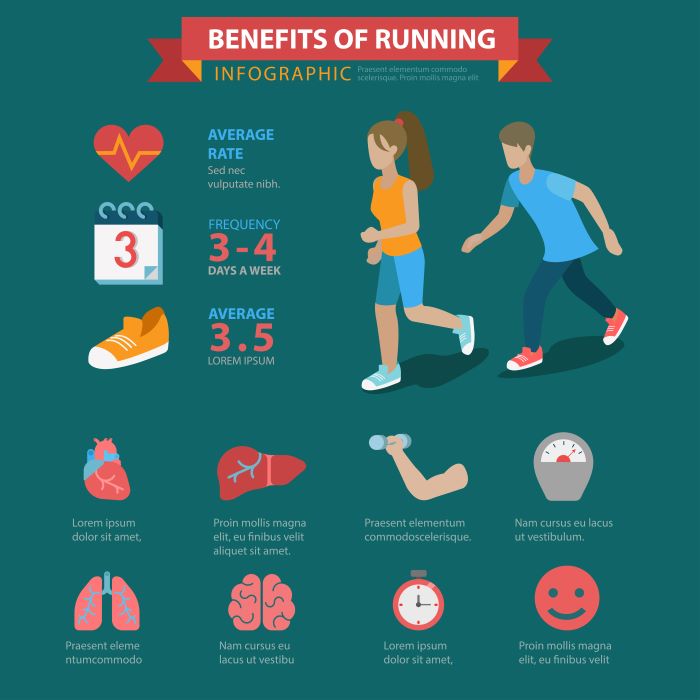When you lace up your running shoes, the focus often shifts to your pace, your distance, and the terrain beneath your feet. However, one crucial aspect that can significantly impact your running experience is where you direct your gaze. Understanding the importance of your gaze while running not only enhances your performance but also ensures your safety on the trails.
Maintaining an appropriate line of sight allows you to stay aware of your surroundings. This awareness is vital to avoid potential hazards such as uneven surfaces, obstacles, or other runners. Here are some key points to consider:
- Focus Ahead: Looking about 10-20 feet in front of you gives you ample time to react to any changes in your environment.
- Maintain Posture: Your gaze should align with your running posture. Keeping your head up and eyes forward helps to keep your spine straight and your stride efficient.
- Minimize Fatigue: Constantly looking down can lead to neck and back strain, while a forward gaze promotes a more natural running form.
Incorporating these practices into your routine can transform your running experience, making it not only safer but also more enjoyable. For those eager to delve deeper into effective running techniques, visit our website to learn more and get started today! Click here.
How to Maintain Awareness of Surroundings While Jogging
.jpg)
Staying aware of your surroundings while jogging is essential for both safety and enjoyment. Maintaining this awareness helps you navigate potential hazards, interact with fellow runners, and appreciate the beauty of your running environment. Here are several effective strategies to enhance your situational awareness while you jog:
- Use Peripheral Vision: Train yourself to utilize your peripheral vision. This allows you to detect movement and obstacles without needing to turn your head constantly. Keep an eye on the runners or cyclists approaching from behind, so you’re prepared for any passes.
- Engage with Your Environment: Take a moment to observe your surroundings. Notice the trees, flowers, or buildings along your route. Engaging your senses can help you stay present and more aware of your environment.
- Practice Mindfulness: Incorporate mindfulness techniques into your running routine. Focus on your breath, the rhythm of your feet hitting the ground, and the sounds around you. This practice not only improves awareness but also enhances your overall running experience.
- Run with a Buddy: Partnering with another runner can significantly boost your awareness. A companion can help you stay alert and provide an extra set of eyes on the road, making your run safer.
By implementing these strategies, you can cultivate a heightened sense of awareness while jogging, allowing you to enjoy your runs more fully while ensuring your safety on the trails.
Tips for Looking Ahead to Avoid Hazards

One of the key aspects of safe jogging is knowing where to look while running to effectively avoid hazards. Keeping your gaze focused ahead is vital for anticipating obstacles and navigating your path smoothly. Here are some practical tips to help you look ahead and stay safe:
- Scan the Ground: Regularly scan the ground several feet ahead of you. Look for potential trip hazards such as rocks, roots, or uneven pavement. By identifying these obstacles early, you can adjust your stride or change direction to avoid them.
- Maintain a Forward Focus: Rather than fixating on your feet, maintain your gaze at eye level, about 10 to 20 feet in front of you. This helps you spot upcoming obstacles in time and promotes better posture and balance while running.
- Anticipate Changes: Be mindful of any changes in terrain. If you’re running in a park or natural trail, watch for dips, inclines, or sudden turns. By anticipating these changes, you can prepare your body to adapt accordingly.
- Stay Aware of Other Runners: If you are running in a crowded area or alongside other joggers, keep an eye on their movements. This awareness will help you avoid collisions and maintain a safe distance from others.
Incorporating these tips into your jogging routine will significantly enhance your ability to look ahead effectively, thereby minimizing the risk of injuries and ensuring a more enjoyable running experience.
The Role of Peripheral Vision in Safe Running

While focusing straight ahead is crucial for avoiding hazards, peripheral vision plays a significant role in ensuring a safe running experience. This type of vision allows you to detect movement and objects in your side view without directly looking at them, which can be invaluable while jogging. Here’s how to effectively utilize your peripheral vision:
- Awareness of Surroundings: Your peripheral vision helps you stay aware of your environment, including other runners, cyclists, or pedestrians. This awareness is essential for maintaining a safe distance from others and avoiding potential collisions.
- Detecting Movement: Sudden movements from the side can be difficult to see if you are only focused on what’s directly ahead. By being aware of your peripheral surroundings, you can identify approaching vehicles, animals, or other hazards that may require your immediate attention.
- Improving Reaction Time: The ability to perceive movement in your peripheral vision allows for quicker reactions. If you notice someone approaching from the side, you can adjust your path or speed accordingly, enhancing your overall safety while running.
- Enhancing Comfort: By using your peripheral vision effectively, you can feel more comfortable and confident while running in various environments, whether it’s a busy city street or a tranquil trail.
Training your peripheral vision involves practicing awareness exercises, such as running in varied environments while consciously focusing on maintaining awareness of movements in your side view. This practice can contribute significantly to a safer and more enjoyable running experience.
Adjusting Your Focus Based on Running Environment

Adapting your focus while running is crucial, as different environments present unique challenges and opportunities. Whether you’re jogging on a crowded street, a serene trail, or a treadmill, adjusting your focus can significantly enhance your safety and enjoyment. Here’s how to tailor your focus based on your running environment:
- Urban Running: In busy city areas, it’s essential to focus on your immediate surroundings to avoid obstacles like pedestrians, cyclists, and vehicles. Keep your gaze forward but also utilize your peripheral vision to gauge movement on the sides. This dual focus allows for quick reactions to any unexpected changes.
- Trail Running: When navigating uneven terrain, shift your focus to the ground ahead of you. Look for rocks, roots, or other potential tripping hazards, while also being aware of your surroundings for wildlife or fellow runners. Aiming your gaze slightly lower can help you maintain balance and footing.
- Treadmill Running: On a treadmill, while it may seem less hazardous, maintaining focus is still important. Look ahead at a fixed point to help maintain your posture and avoid distractions. This practice can enhance your running form, making your workout more effective.
- Night or Low-Light Running: If running in dim conditions, adjust your focus to ensure visibility. Invest in reflective gear and consider using a headlamp or flashlight. Focus on well-lit paths while being mindful of shadows that could obscure obstacles.
Ultimately, adjusting your focus based on your running environment not only promotes safety but also enhances your overall running experience. By being aware of your surroundings and adapting your visual strategy, you can confidently embrace every running adventure.
Mindful Running: Staying Present and Safe
In the fast-paced world we live in, it’s easy to let our minds wander while running. However, practicing mindful running can significantly enhance your overall experience and safety. By staying present during your jog, you can improve your focus, elevate your mood, and reduce the risk of accidents.
Here are some techniques to incorporate mindfulness into your running routine:
- Focus on Your Breath: Pay attention to your breathing pattern. Inhale deeply and exhale slowly, which can help ground you in the moment. This practice not only calms your mind but also regulates your pace, making your run more enjoyable.
- Engage Your Senses: Take a moment to notice the sights, sounds, and smells around you. Whether it’s the rustling of leaves, the chirping of birds, or the feeling of the ground beneath your feet, engaging your senses can enhance your connection to the environment.
- Set Intentions: Before you begin your run, set a positive intention for your workout. It could be as simple as “I will enjoy this run” or “I will focus on my form.” This mental framework can help you maintain a mindful approach throughout your session.
- Embrace the Challenge: Rather than thinking about how far you have to go, concentrate on each step you take. Acknowledge any discomfort or fatigue without judgment. This acceptance can transform your running experience and help you push through tough moments.
By incorporating these mindfulness practices into your running routine, you not only become a safer runner but also cultivate a deeper appreciation for your journey. Visit our website to learn more and get started today! Click here.


